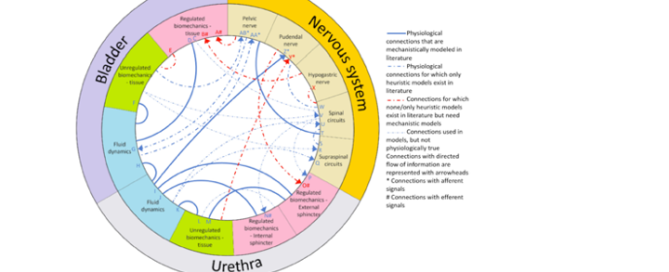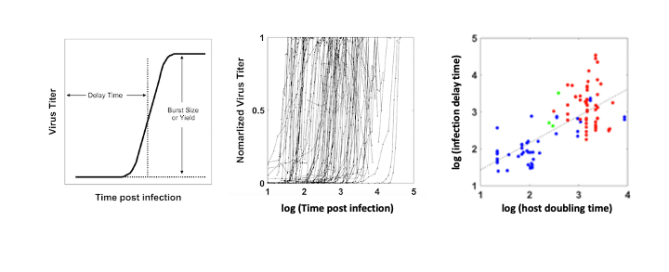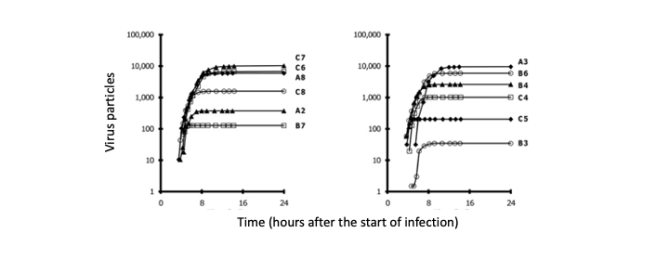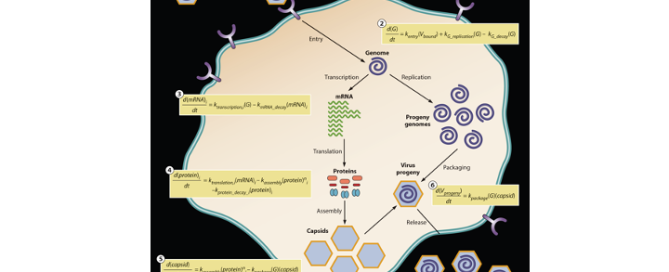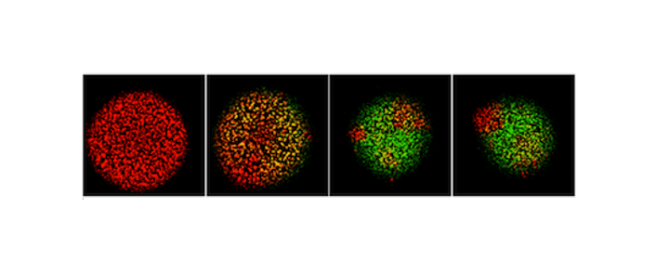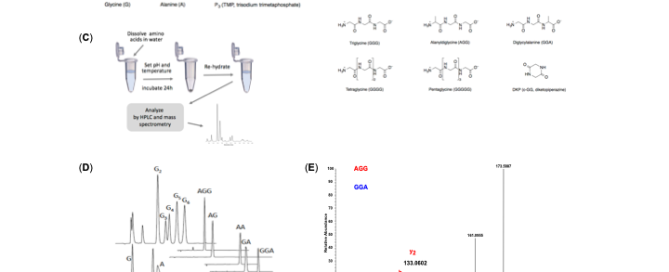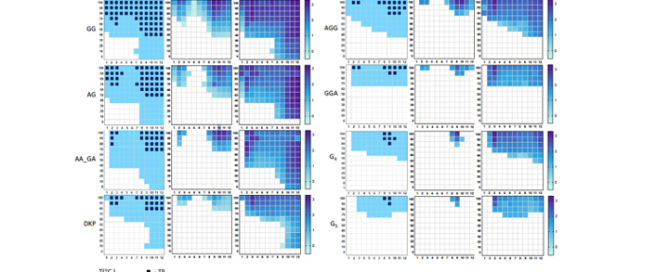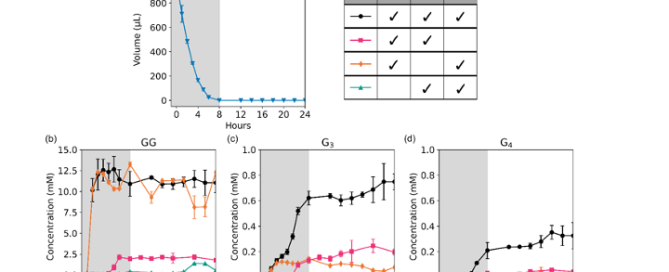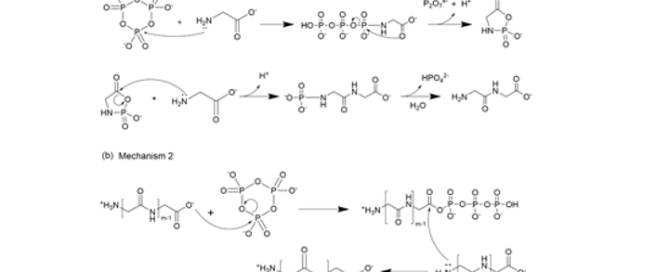How can we translate human physiology into models that are computable?
In our cross-disciplinary study of the lower urinary tract, we reviewed the literature, highlighting how fluid flows and bio-mechanical signals share information with the nervous system. Our current efforts are advancing hybrid mechanistic-neural network models, informed by experimental rat data. The greatest gap in our understanding in the interface of the bladder-and-urethra with the nervous

